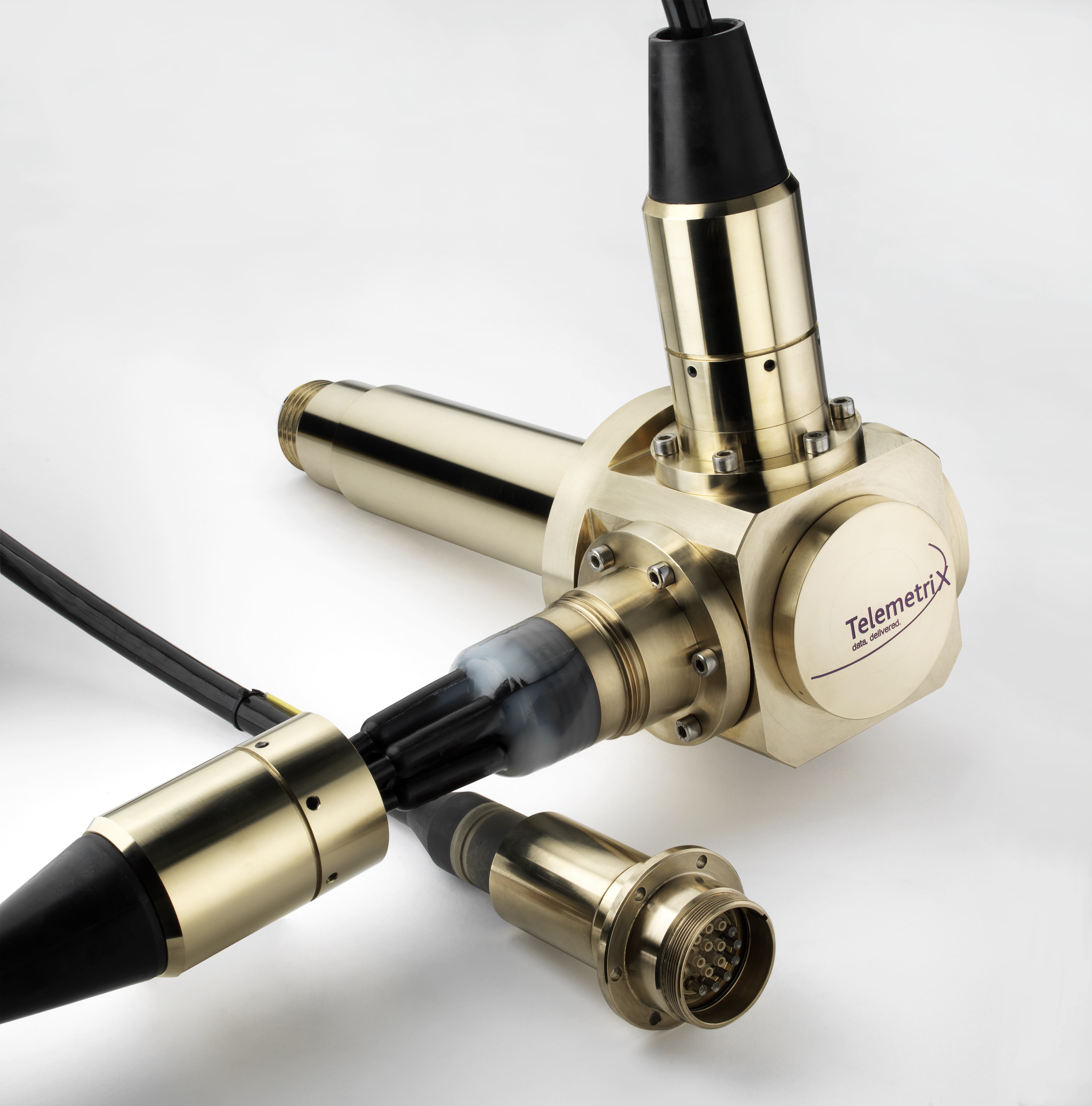Preventing cathodic delamination to support lifelong platform performance
A critical feature of marine platforms such as offshore renewable energy generation arrays and naval submarines is that their performance is unaffected by the operating conditions they will face. This is a significant engineering challenge, as the marine environment is perhaps the most hostile that a machine can face.
For nearly 30 years, SMI has been at the forefront of ensuring critical systems on such platforms are protected from a particularly severe challenge caused by naturally occurring electrochemistry. Download our white paper to find out more.
Galvanic corrosion
Without mitigations, metallic structures immersed in sea water, which might include propulsion, primary structure or sensor equipment, will lose mass due to galvanic corrosion. This is a naturally occurring process through which dissimilar metals become electrically connected via an electrolyte media, such as sea water. The more electrochemically inert metal acts as a negatively charged electrode, known as a cathode, and the other acts as a positively charged anode. Electrons leave the anode and flow towards the cathode, with the physical structure of the former dissolving as they do.
To prevent vital parts of subsea platforms from acting as an anode and therefore failing, marine engineers can specify impressed current protection and the addition of sacrificial anodes. These are created from a metal alloy with very high electrochemical potential. They are attached on the platform below sea level near to key pieces of equipment. When the anode is immersed, its structure is consumed in place of the metal it is protecting, which is why it is referred to as a ‘sacrificial’ anode.
Cathodic delamination
Cathodic delamination is a related cathodic effect that can also lead to system performance loss. It is specific to bonded materials, for example where polymers are bonded to metals, such as the termination of plastic cables at metallic connectors.
If sea water is able to penetrate through the polymer to the connector, it will act as an electrolyte, electronically connecting the metal structure as a cathode to a nearby anode. That connection will generate a significant increase in pH at the metal’s surface, which is the site of its interface with the polymer. The high pH directly or indirectly causes the overlying polymer to delaminate from the cathodically polarised substrate.
As the polymer de-bonds from the metal surface, more water is able to penetrate the cable system, which is often electrical, rapidly exposing it to additional factors that will lead to its failure, negatively affecting the performance of dependent systems and the platform on which it is fitted.

Prevention through lifelong impermeability
The most effective engineering outcome to deliver in respect to preventing cathodic delamination is the permanent prevention of sea water ingress through the polymer to the metal onto which it is bonded. In the absence of that electrolyte, a cathode to anode connection cannot be made so the process of cathodic delamination can’t occur. Additionally, non-metallic materials can be used at the bonding surface as a cathodic protection mechanism.
SMI supplies subsea penetrators, connectors and cable harnesses to marine platforms. The performance of all those products could be compromised due to cathodic delamination. We have therefore put the engineering objective of lifelong impermeability at the heart of everything we do.
SMI thermoplastic moulding
SMI has developed thermoplastic pressure moulding techniques that fully encapsulates cabling and a penetrator or connector and creates an indivisible chemical bond between them.
Thermoplastic transitions from solid to molten form when heated. It can then be injected into a mould to manufacture a termination. The cable jacket is also melted during this process so all the materials amalgamate, cooling into a completely homologous material. Effectively, the cable jacket extends to incorporate the profile required for the termination without the need for any join or interface, therefore removing leak paths.
SMI uses thermoplastic polyethylene (PE) as the polymer in this process. PE has a unique combination of excellent dielectric characteristics, high electrical resistivity, low moisture permeation and low water absorption. PE is inert in sea water as it contains no chemical bonds and therefore is not hydrolysable. PE jacketed cables having now survived intact during more than 40 years of immersion in some of the world’s warmest oceans. These properties serve the goal of preventing leaks over the life of the platform.

Despite the benefits of PE, it is notoriously difficult to process. However, SMI are world leaders in the complex processes required to mould PE and atomically amalgamate it with other materials, including metals. An example of a challenge presented by PE is that it shrinks substantially on cooling, which can cause voids that might create leak pathways. SMI’s technology, continuously improved over decades, manages this facet of the process and overcomes this challenge, completely eliminating this potential fault.
Due to our use of PE and the bonding techniques we have developed, an SMI moulding will remain sealed for at least the life of the underlying structures and potentially longer, as its environmental resistance is greater than some of its components, notably other cable jackets, which are typically made of polyurethane, which is a far less enduring material.
Thanks to our unique capabilities, beyond our standard range of products, SMI’s thermoplastic technology has been applied to overmoulding other components. We have worked with customers to design overmouldings for transducers, switches, sensors and cable breakouts, making them suitable for subsea applications and often exceeding the life expectations of their manufacturers.
Over 10,000 installations with zero leaks
SMI’s technology has been used around the globe for decades on submarines and ships, as well as on tidal turbines and offshore wind energy platforms. Our combination of advanced chemistry and pressure moulding techniques ensures unrivalled leak prevention is delivered, which is fundamental to avoiding the damaging effects of cathodic delamination. To date, we have delivered over 10,000 installations with zero leaks.
